PlayStation Portal Review: Great thing, but is it necessary?
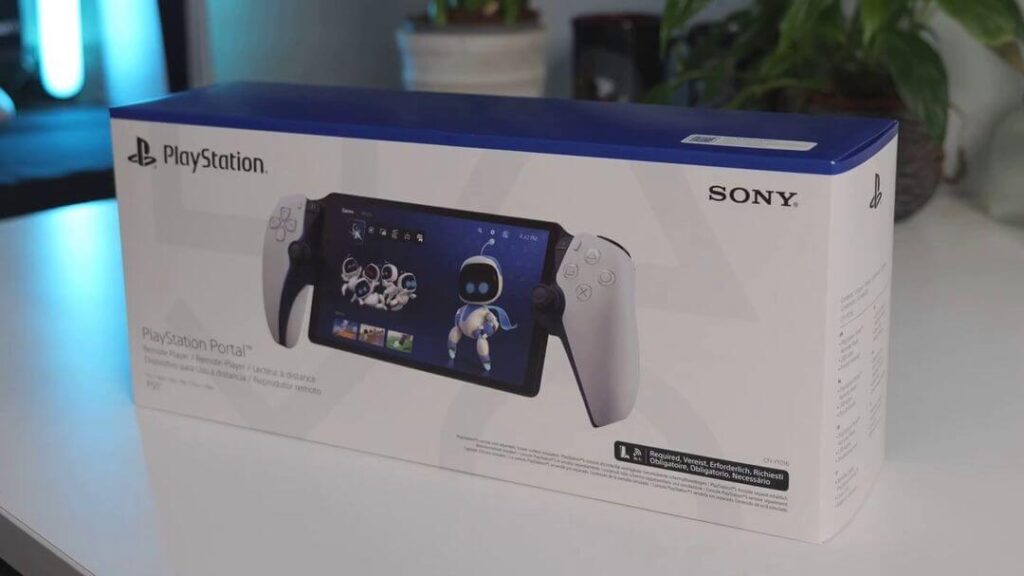
Introducing the slightly bonkers PlayStation Portal – a device that seems to defy convention with its unique design and niche purpose. It’s as if someone took a Sony DualSense controller, cracked it in half, and boldly stapled an 8-inch screen in between the two halves. But make no mistake; this is not a standalone portable handheld gaming console. Instead, the PlayStation Portal is tailored for a specific audience: those who want to stream games from their PS5. And let’s be clear – it’s a PS5 exclusive, leaving PS4 and PS3 owners out in the cold.
Available for purchase starting November 15th at $199, the PlayStation Portal games consoles beckons the curious and dedicated PlayStation faithful. However, its use case is defined – it’s not for everyone. This peculiar device is perfect for those who indulge in Remote Play while on the go or lounging in bed. It offers a dedicated screen, free from the distractions of texts or notifications, providing a superior gaming experience compared to attempting to play a PS5 game on a smartphone.
PlayStation Portal: Video Review
PlayStation Portal: Design
The PlayStation Portal emerges as a unique and innovative device, seamlessly integrating the familiar elements of the DualSense gamepad with a groundbreaking eight-inch touch screen. Sony’s creative engineering involves slicing the DualSense in half and sandwiching the touch screen between the two parts, offering a fresh take on gaming interfaces.
The design retains the iconic features of the PS5’s controller, with the unmistakable white-on-black aesthetic, transparent face buttons, and a directional pad, ensuring a sense of continuity for players familiar with the original gamepad. Noteworthy adjustments include the relocation of the PlayStation and mic mute buttons to the inside edges of the left and right halves, showcasing a thoughtful reconsideration of button placement.
The DualSense’s hallmark features are seamlessly transferred to the Portal, ensuring a gaming experience that mirrors the excellence of the original controller. Motion controls, immersive haptic feedback, and adaptive resistance triggers are all present, promising a level of gameplay immersion that enthusiasts have come to expect from Sony’s gaming peripherals. Although the clickable touchpad is absent, the touch screen steps in to fulfill its role, offering a dynamic interface for navigating in-game menus and interactions.
The ergonomic design of the controls remains intact, providing a comfortable and familiar feel for players. The hardware is repurposed from the acclaimed DualSense controller, ensuring that the Portal inherits the tactile precision and responsiveness that made its predecessor a standout in the gaming community.
Examining the top of the Portal reveals two speaker holes and thin, flat buttons for power, syncing, and volume control. These elements are seamlessly integrated into the device’s structure, maintaining a sleek and unobtrusive profile. The bottom edge of the touch screen features a strategically placed microphone hole, enhancing communication capabilities during online multiplayer sessions. Meanwhile, the back of the Portal accommodates a 3.5mm headset jack and a USB-C port for charging, ensuring compatibility with modern peripherals and streamlined connectivity.
Screen
The PlayStation Portal has an eight-inch LCD screen with a 1080p resolution and a 60Hz refresh rate. While these specifications may not jump off the page as groundbreaking, they set the stage for a unique gaming experience.
In use, the screen performs as intended, but the 1080p resolution may not deliver the crisp visuals expected from modern mobile devices. The inherent fuzziness is particularly noticeable when navigating the PS5’s menu system, which is optimized for higher resolutions and much larger TV screens. This brings a challenge to the forefront, as the Portal’s display might struggle to faithfully represent the intricate details that gamers are accustomed to on larger, more advanced screens.
Beyond resolution concerns, the choice of a basic LCD screen is another point of consideration. Many contemporary phones, as well as devices like the Razer Edge and higher-end Switch, opt for OLED screens due to their superior contrast and wider color range. While LCDs can theoretically match OLEDs in color reproduction, achieving this requires specific engineering that may not be fully implemented in the Portal’s LCD. The result is a display that, while functional, might not reach the visual heights offered by devices with more advanced screen technologies.
Work
Setting up the PlayStation Portal is a straightforward affair. The process involves connecting the device to your Wi-Fi network, signing in with your PlayStation account, and letting it automatically detect your PlayStation console. Within 3 to 4 minutes, you’re ready to dive into your gaming experience, with the only initial hurdle being the obligatory firmware update.
The user interface on the PlayStation Portal mirrors that of your PS5, requiring no additional explanation. It essentially streams directly from your PlayStation 5, replicating every action on its eight-inch display. It’s crucial to note that your TV needs to be on as well for the Portal to connect to your PS5, and the PS5 itself must be in rest mode for proper functionality.
To ensure seamless connectivity, users are advised to delve into the PS5 settings. Under the “Power Saving” section, specific features need to be enabled, such as keeping the PS5 connected to the internet and allowing it to be turned on from the network. Additionally, the Remote Play section in settings should be activated.
Waking up the PlayStation Portal involves a simple tap on the display button, initiating a connection with the PS5. However, the connection time may vary, sometimes taking mere seconds and at other times a bit longer, influenced by factors such as network setup and conditions.
The stability of the connection is generally reliable, even when using home Wi-Fi from different rooms. However, for optimal performance, it’s recommended for single-player experiences rather than competitive online gaming. Latency is noted to be good, allowing for smooth gameplay, but it’s emphasized that certain fast-paced online games may be less enjoyable due to the occasional lag.
Remarkably, the PlayStation Portal transcends the confines of home Wi-Fi, enabling remote connection to your PS5 from anywhere on Earth. Sony recommends a minimum connection speed of 15 megabits per second for a smooth gaming experience. However, it’s pointed out that public Wi-Fi networks, like those found in coffee shops or hotels, may not provide a satisfactory experience. The absence of SIM support also means the device isn’t ideal for on-the-go gaming via cellular networks.
Functioning as a streaming device, the PlayStation Portal relies on games already installed on the PS5, lacking the capability to install games directly. Moreover, it doesn’t support full-fledged cloud gaming. The user interface is essentially a mirrored version of the PS5 console’s UI, and additional settings can be accessed by swiping down from the top right corner of the screen, allowing users to manage connections and tweak display settings. The absence of an auto-brightness option is noted, but users can manually adjust screen brightness in the settings menu, along with customizing controller vibration intensity or turning it off entirely.
Autonomy
The actual battery life of the PlayStation Portal presents a variable experience, contingent on several factors, including the specific games being played. This might initially seem counterintuitive, given that the device is primarily streaming games from the PlayStation rather than running them internally. However, during testing, it became evident that the nature of the games themselves influences the battery consumption.
Engaging in titles with intense haptic feedback, such as Miles Morales and God of War, where rumble effects are prevalent, seems to accelerate battery drainage. The immersive experience provided by these games, coupled with the heightened feedback, contributes to a faster depletion of the Portal’s battery. On the flip side, engaging in more casual or less feedback-intensive games might result in a more conservative use of battery power.
As of the current testing phase, the PlayStation Portal delivers approximately five hours of game streaming on a full charge. This duration, while not exceptional, caters to a reasonable gaming session before necessitating a recharge. It’s worth noting that plugging in a USB cable while gaming is a viable option, allowing users to extend their playtime by simultaneously charging the device.
PlayStation Portal: Conclusion
In its current iteration, the PlayStation Portal emerges as somewhat of a novelty – a party trick that may catch the eye of gaming enthusiasts but falls short of being a must-have accessory.
The PlayStation Portal’s peculiar limitations raise questions about its relevance in the current gaming landscape. Its concept might have been more fitting a decade ago when the Wii U introduced a similar idea. However, Sony had the PlayStation Vita at that time, a fully functional handheld gaming system with the capability to remotely play games from a PlayStation 4. Fast forward to the present, and the gaming landscape has evolved. Remote play of PS5 games is now possible on nearly any smartphone, utilizing controllers that are more budget-friendly than the Portal.
At its core, the PlayStation Portal appears to be little more than a screen wedged between a controller. With a price tag of $200, expectations naturally rise, and some may find it falls short of delivering sufficient value for the investment. As technology advances and alternative options for remote gaming become more prevalent, the PlayStation Portal, as it stands, seems to be a novelty rather than a groundbreaking addition to the gaming landscape.
You can also check out the best-selling Controllers on Amazon:


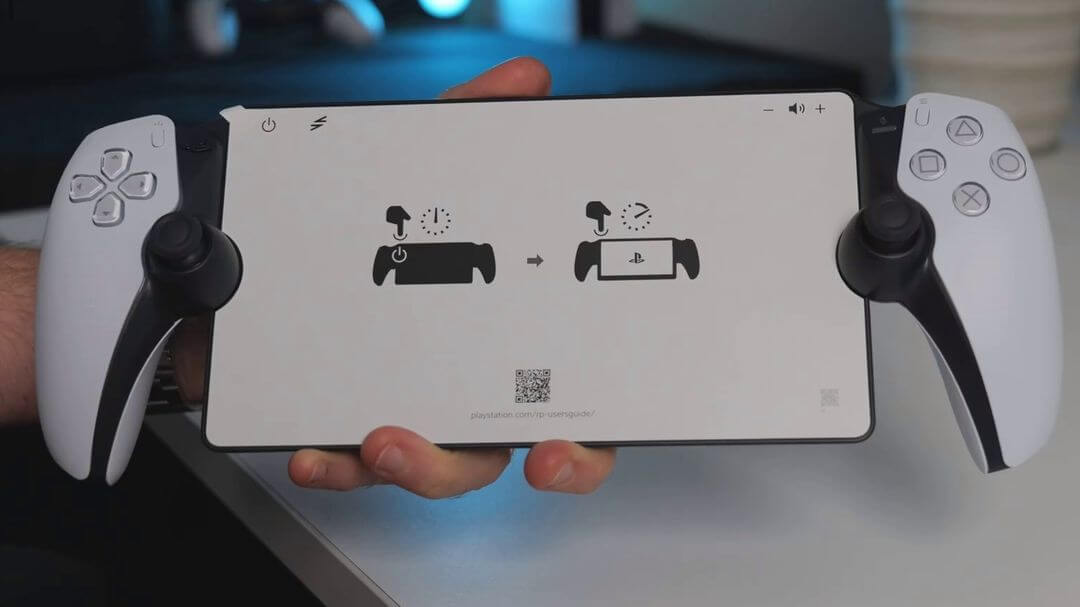
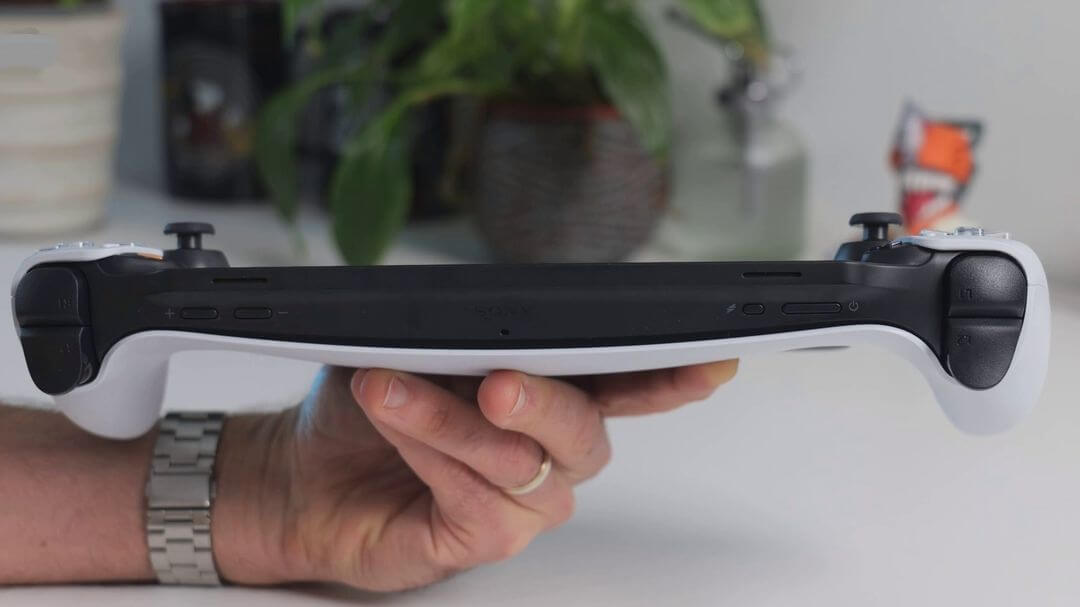
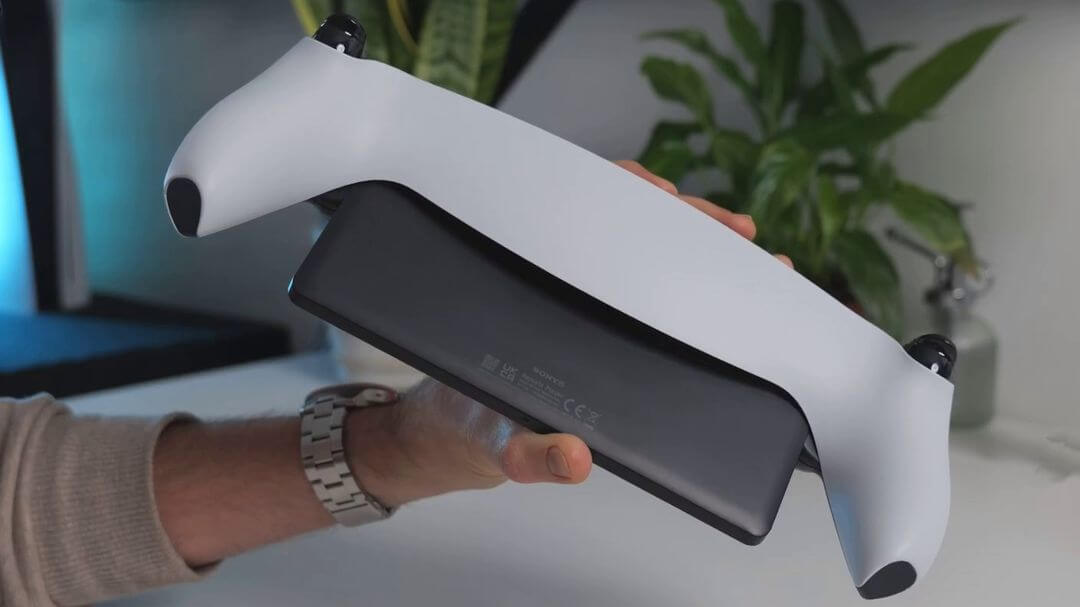
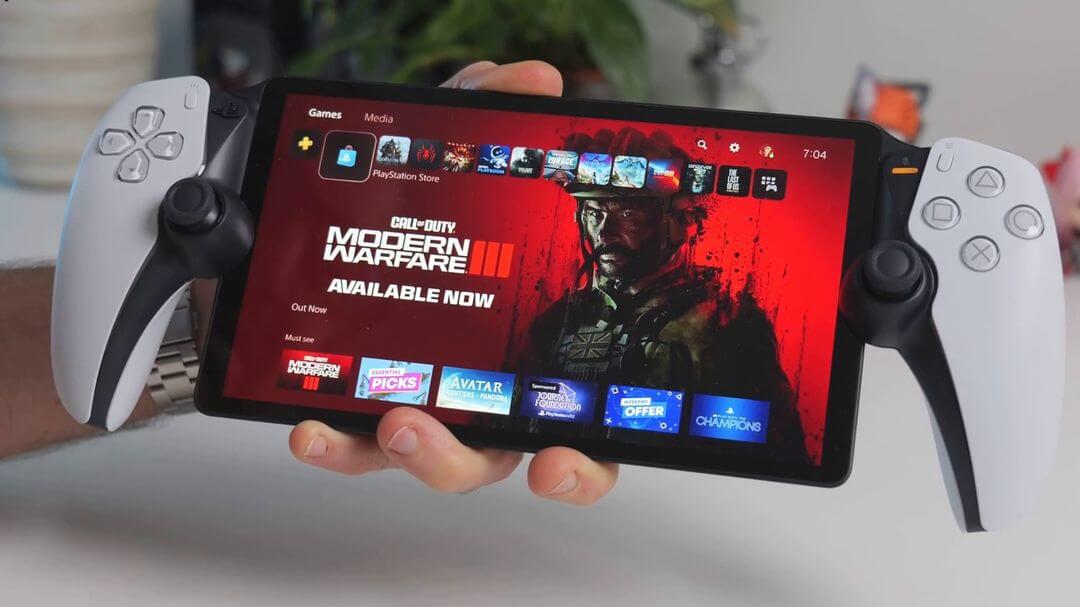
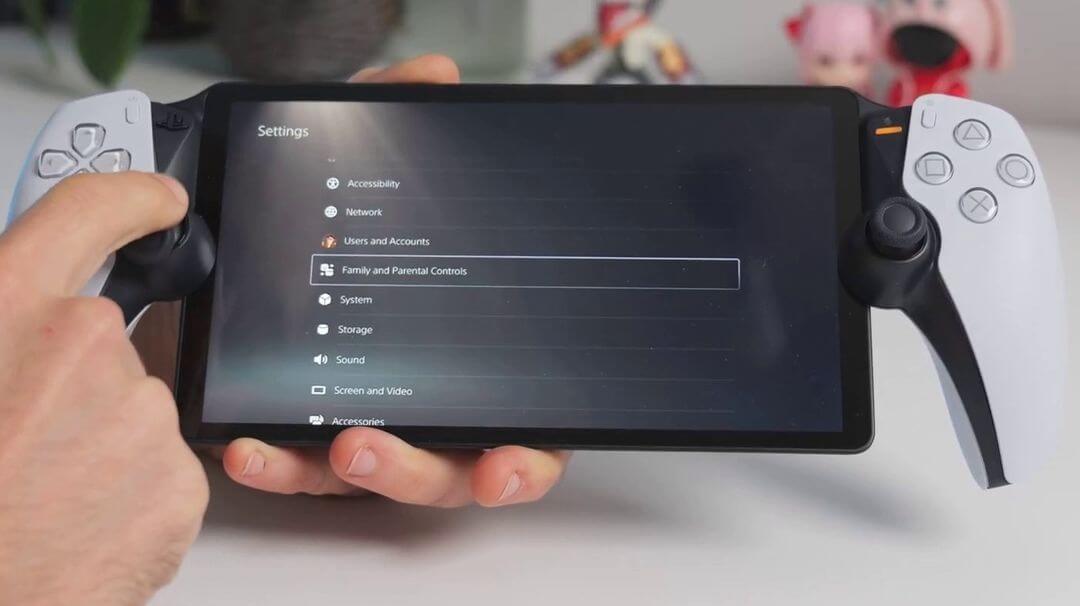
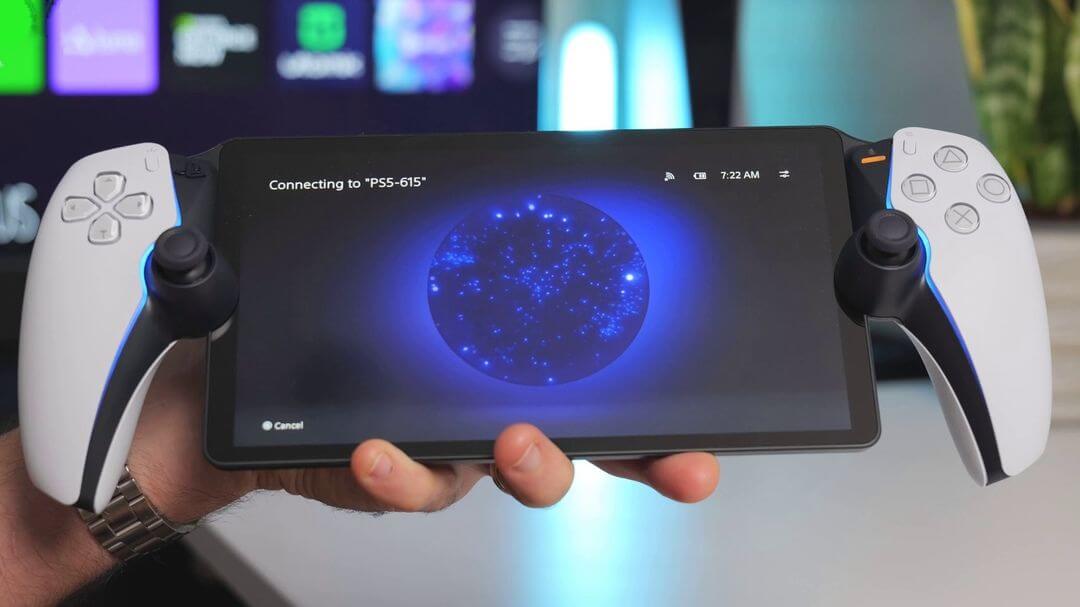
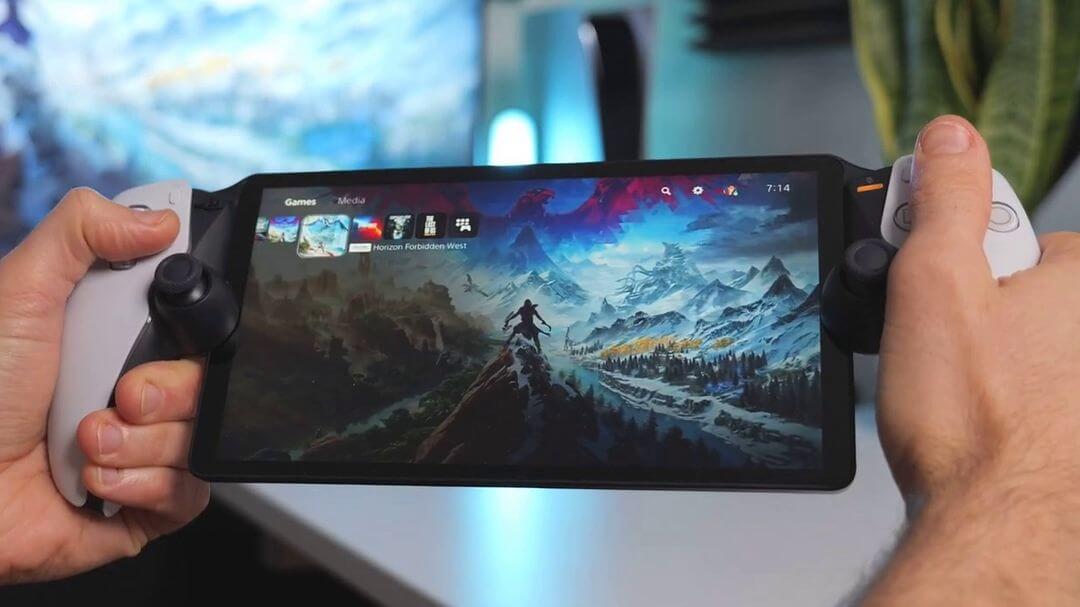
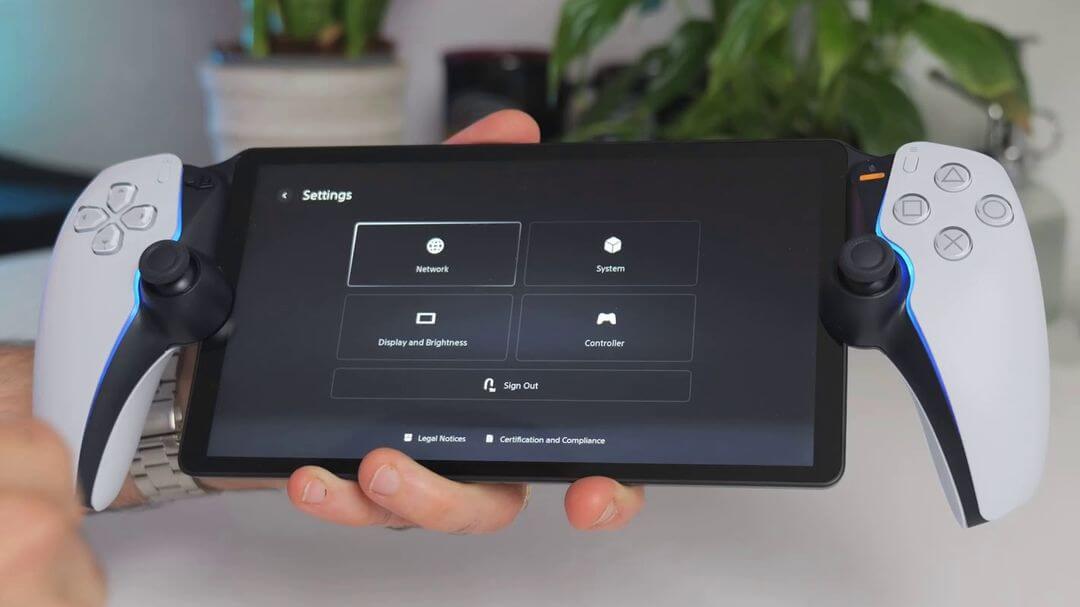
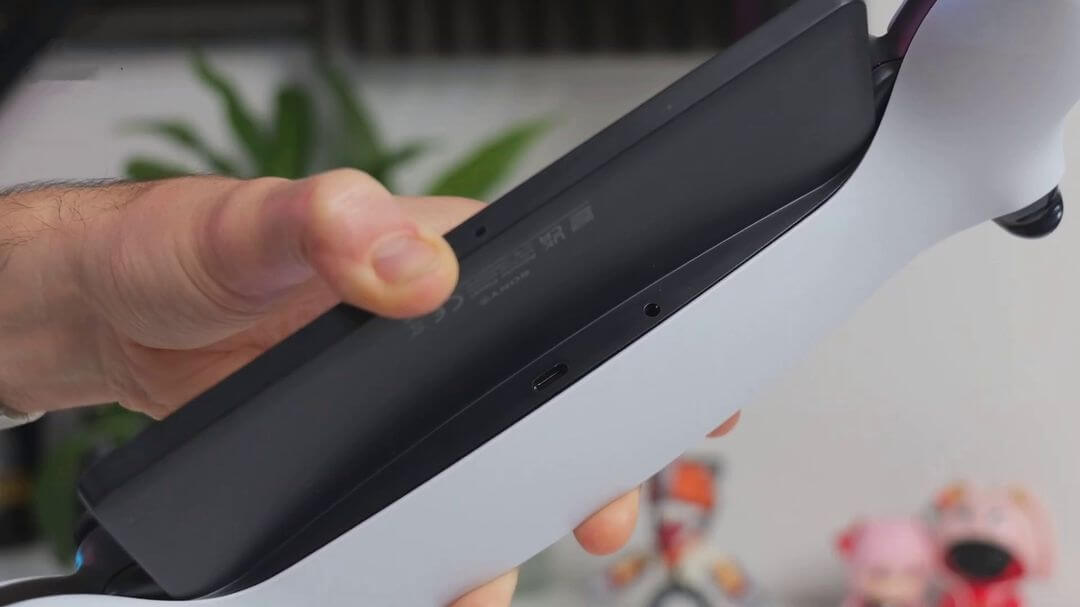
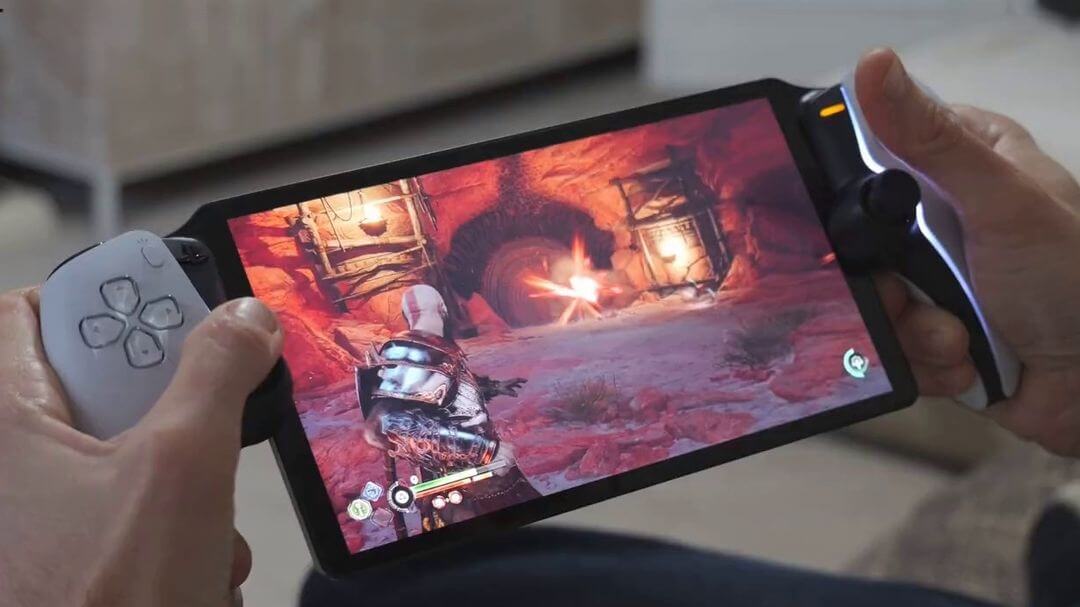










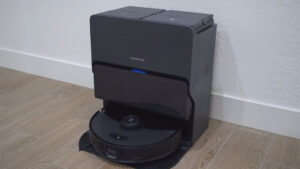
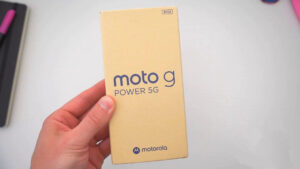
1 thought on “PlayStation Portal Review: Great thing, but is it necessary?”